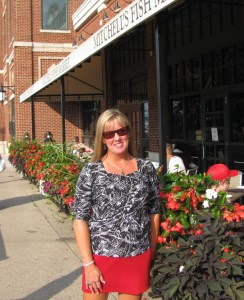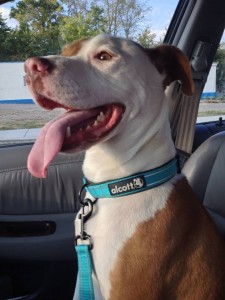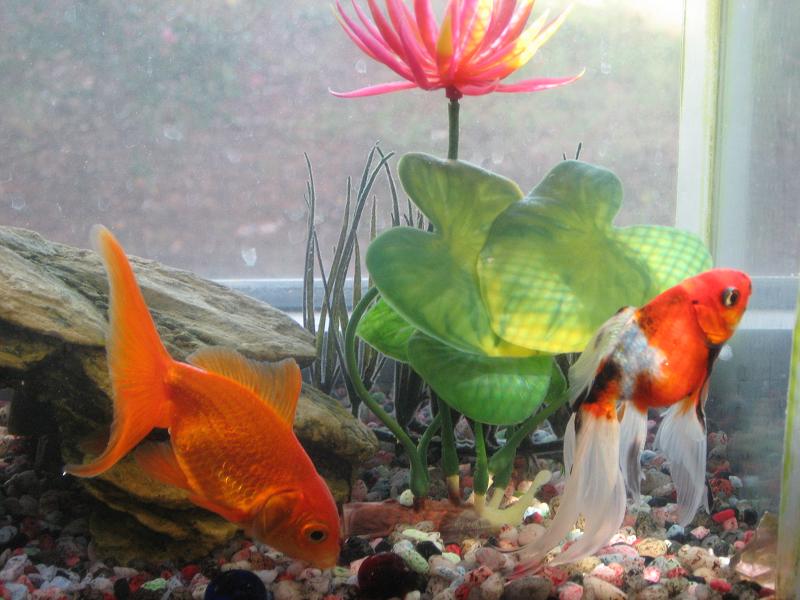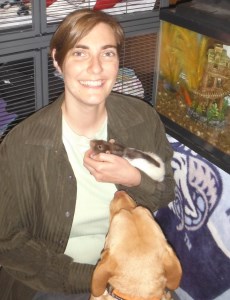Calicoes are spirited and inquisitive creatures. When they want something, they want it now. It takes a lot to stop a headstrong Calico from getting her way, and as someone who has owned two, I speak from experience. Currently I have a luscious, plump, orange, brown, black and white, proud purring machine named Cheetah, who sometimes is too curious for her own good. It’s gotten her into trouble enough to use a few of those nine lives.
Cheetah is very social, playful and interested in everything. She’s unstoppable. To this day, we keep baby latches on kitchen cabinets and covers over plug outlets because she wants to open doors and lick random objects.
One Saturday, (Caturday?) morning in December, I noticed her by the water dish being less active than usual. In fact, she was a downright sloth. When she sipped the water, she immediately yacked it back up!
My first thought was she might have an upset stomach. Not a big deal. I let it go. As the day progressed, my husband and kids noticed the same things: Cheetah was not too energetic and not wanting to eat.
On Sunday morning I took her to the local emergency vet. I explained her symptoms and how un-Cheetah-like her behavior was. The vet, who of course didn’t really know our cat, felt around her body, commented on what an impressive size the cat was and decided to do an x-ray. Cheetah had not consumed food or substantial water to our knowledge for at least a day. She hadn’t pooped either.
The x-ray was unclear but showed something in her belly that should not be there. With the Cheetah-Who-Likes-to-Eat-a, you can never tell. They injected fluid into her body to tide her over and told us to get her to our regular vet early the next morning. I called in late to work and did just that on Monday. Cheetah was only 18 months old at the time.
We were willing to do whatever it took to save her life. In the meantime, at home, we discovered chewed and hacked-out bits of something dark-colored on the kitchen floor. Downstairs, by the door to the holiday decorations closet, (which was opened and shouldn’t have been), I found nibbled bits of plastic Easter basket grass.
I knew I had an adventurous kitty but had no idea just how into everything she could potentially be until that moment.
The vet’s office called. They had to do exploratory surgery to remove the unidentifiable blockage. Of course, I gave them the OK. After surgery, in her fat kitty colon they discovered a metallic piece to a pony tail stretch band and green plastic stuff.
Long story short, the doc removed the foreign objects from Cheetah’s gut, repaired her intestine, hydrated her and saved her life. 48 hours and $1500.00 dollars later and two days before Christmas, we had our big baby girl back.
What we learned after that was to keep the house more baby-proofed than we’d done even for our human children. We had a furry toddler who could climb everywhere, fearlessly seeking out new territories. Like a little kid, she was inclined to explore everything with her mouth. She opened doors and drawers all over the house. As careful as we were, we couldn’t control everything, and hoped she would one day out grow her urges to climb and maneuver into everything.
After the surgery one night I heard scurrying and scampering on the bare floor in the hallway. Cheetah had dislodged a push-pin from a bulletin board and was now swatting it across the wood flooring!
She is 11 now, very affectionate and settled down. Do I trust her completely? No way! Is she still playful and curious? As much as ever. We are extremely thankful to the vets and techs who helped us with our large and loving Sweet-a Cheetah, and boy have we ever learned to be watchful and aware!









